Imagine walking downstairs to find puddles where there should be dry floors. That sinking feeling hits—your safe haven is suddenly vulnerable. We’ve seen it time and again: homes compromised by unnoticed leaks, growing mold, or creeping cracks. It’s not just about a wet corner—it’s about safeguarding memories, investments, and peace of mind. That’s why our basement waterproofing solutions are designed to protect your foundation, eliminate moisture problems, and keep your home safe for years to come.
Water has a way of revealing weaknesses. Whether it’s heavy rains testing your foundation or hidden gaps letting moisture seep in, the risks go beyond inconvenience. Left unchecked, these issues can weaken structures, attract pests, and even impact air quality. Your home deserves better than temporary fixes.
Our team approaches every project like it’s our own house. We start by listening—to your concerns, the history of your space, and what you hope to preserve. Then, we tackle the root causes: uneven landscapes directing water toward walls, aging sealants, or pressure buildup underground. No two homes are alike, so neither are our strategies.
From Rockville to Ashburn, we’ve helped neighbors reclaim their spaces with tailored systems designed to last. Because protection isn’t a one-size-fits-all solution—it’s a commitment to understanding your home’s unique story. Ready to turn worry into confidence? Reach out at +1-240 624 9324 or info@dmvwp.com. Let’s keep your foundation—and future—secure.
Key Takeaways
- Ignoring moisture issues risks mold, structural damage, and costly repairs
- Common causes include foundation cracks, poor drainage, and landscape grading
- Custom approaches address both visible symptoms and hidden vulnerabilities
- Service areas cover Washington DC, Maryland, and Northern Virginia
- Proactive measures preserve property value and indoor air quality
- Expert assessments prevent recurring problems through targeted interventions
Understanding Basement Waterproofing Challenges
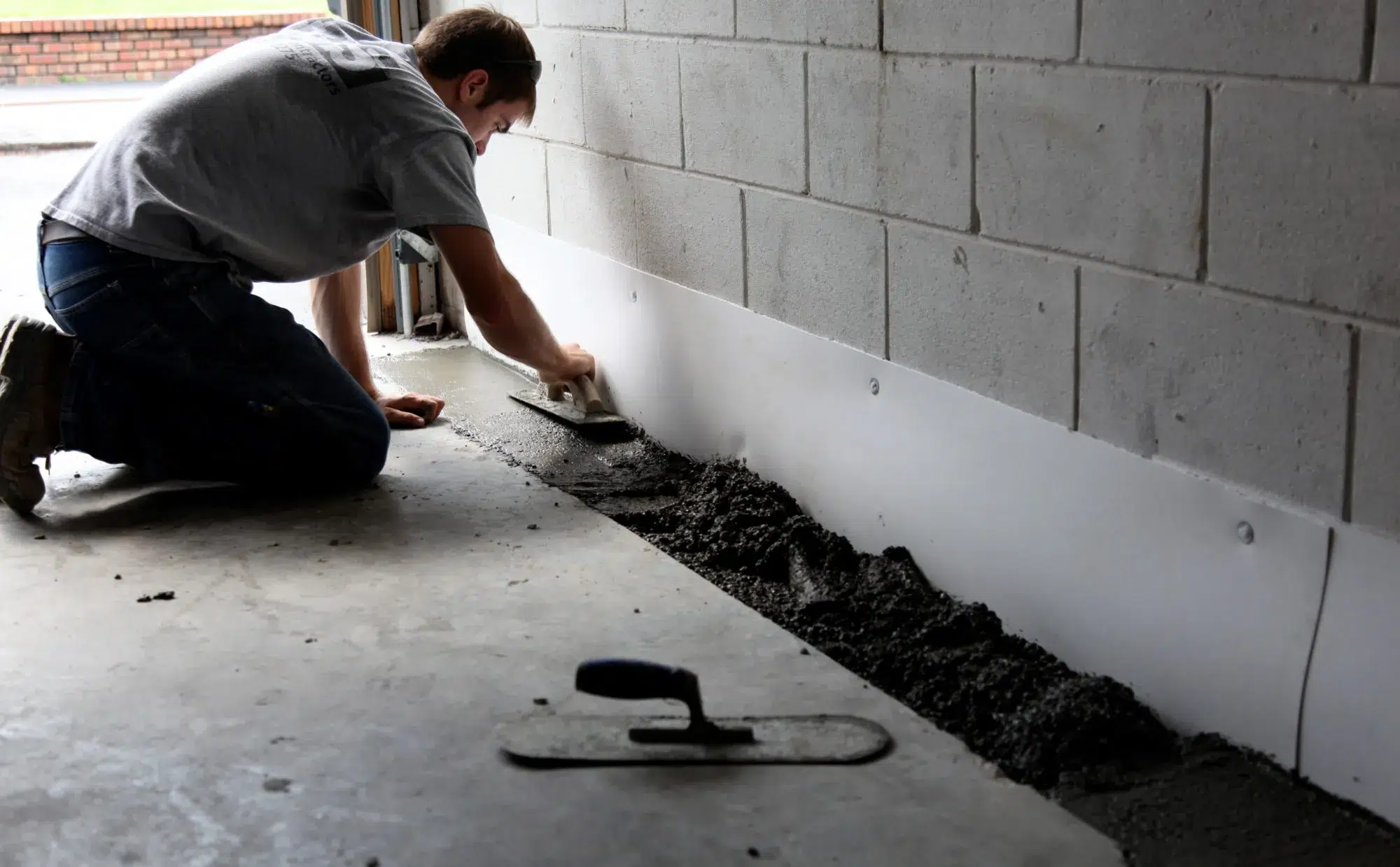
Credit: United Structural Systems
A musty odor or faint dampness often hints at deeper issues beneath the surface. Many homes face silent battles against environmental forces and aging materials. Let’s explore what lets unwanted moisture creep into living spaces.
Where Water Finds Its Way In
Foundation fractures top our list of troublemakers. Temperature swings and soil shifts create hairline gaps that grow over time. One client discovered a ⅛-inch crack had funneled 50 gallons during a storm!
Landscaping slopes matter more than you’d think. Soil angled toward walls acts like a water slide during rains. We recently regraded a Bethesda yard, redirecting 300 gallons/hour away from the structure.
| Moisture Source | Common Impact | Detection Tip |
|---|---|---|
| Clogged gutters | Pooling near walls | Check downspout extensions |
| Cove joint gaps | Wall-floor seepage | Look for efflorescence |
| Pipe penetrations | Localized dampness | Inspect sealant condition |
When Structures Show Weakness
Concrete honeycombing—those crumbly spots in walls—acts like sponges. We patched 42 compromised areas in a Silver Spring home last month. Each weak point became a moisture gateway.
“Underground water pressure never sleeps. It’s always probing for entry points.”
Even well-built homes need vigilance. Seasonal changes test every seam and joint. Proactive checks catch 80% of issues before major damage occurs.
Curious about your home’s specific risks? Our team at info@dmvwp.com deciphers moisture mysteries with thermal imaging and pressure tests. Let’s keep your floors dry and air fresh.
Identifying Moisture Problems in Your Basement
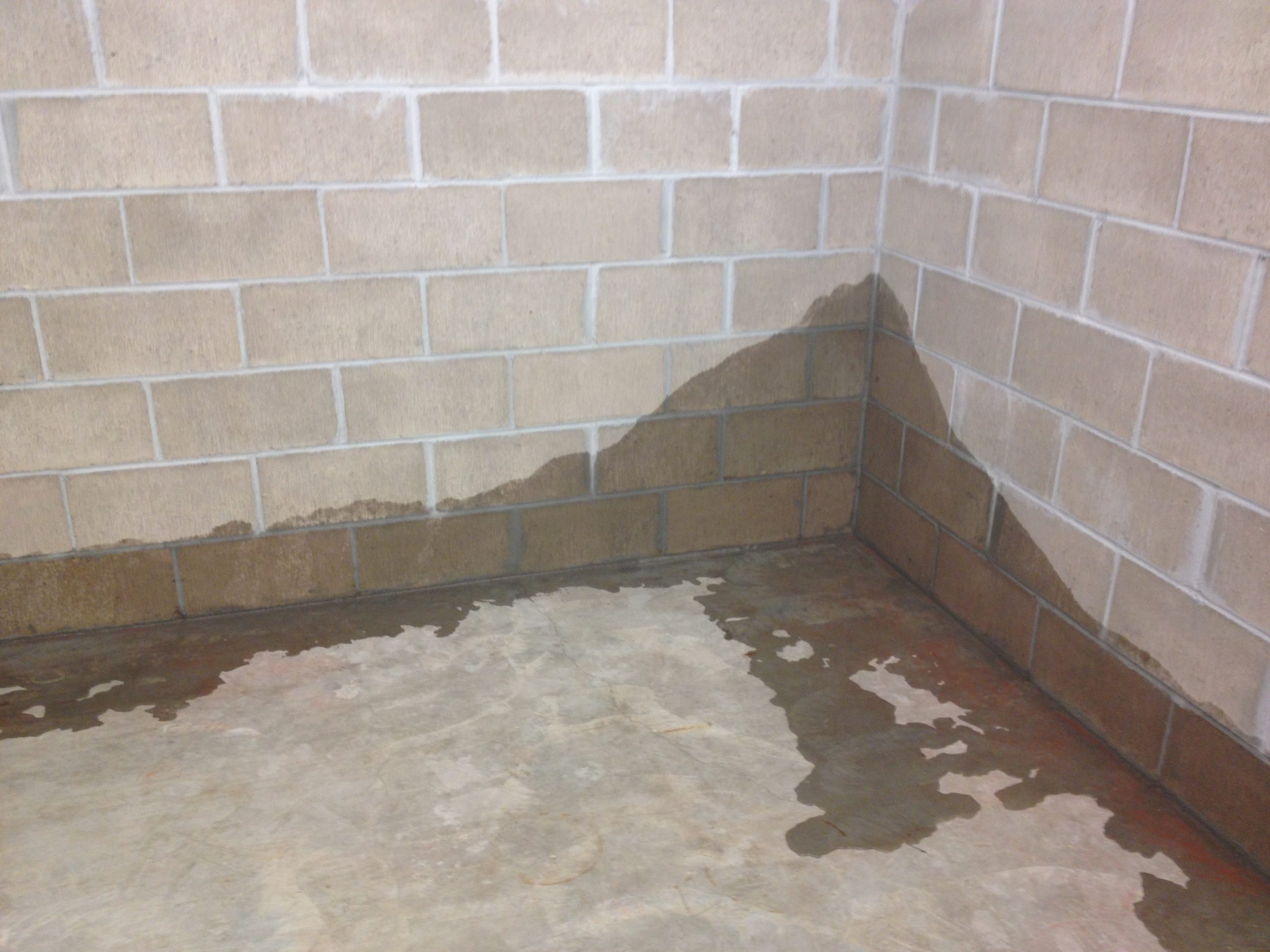
Credit: Waterproof
That faint white powder on your walls isn’t just dust—it’s nature’s warning system. Many homeowners miss subtle clues until stains spread or odors intensify. We’ve found catching issues early saves 60% on repair costs compared to delayed action.
Silent Signals You Should Never Ignore
Condensation forms first on cool surfaces like windows. Last week, we visited a McLean home where foggy glass hid 75% humidity levels—prime conditions for mold colonies. Swollen door frames often appear months before visible leaks.
Efflorescence tells a story. Those chalky deposits mean moisture traveled through concrete, leaving mineral breadcrumbs. One Arlington client discovered these marks traced back to a broken gutter draining near their foundation walls.
“Persistent musty smells correlate with spore counts 300% above safe levels in 40% of cases we test.”
Your Step-by-Step Detection Guide
Timing matters. Check spaces 12-24 hours after storms when new damp spots emerge. Bring a flashlight and knife—gently probe wood trim for soft spots indicating rot.
Exterior checks prevent surprises. Clear debris from drainage paths, then examine foundation walls for hairline cracks. Our team uses infrared cameras to spot temperature variations revealing hidden moisture.
Don’t guess about humidity. Affordable hygrometers ($15-30) help track levels between professional inspections. We recommend keeping readings below 50% to deter mold growth.
Found something concerning? Our DC-area experts at +1-240 624 9324 provide free assessments. Let’s decode your home’s hidden messages together.
Effective Basement Waterproofing Solutions
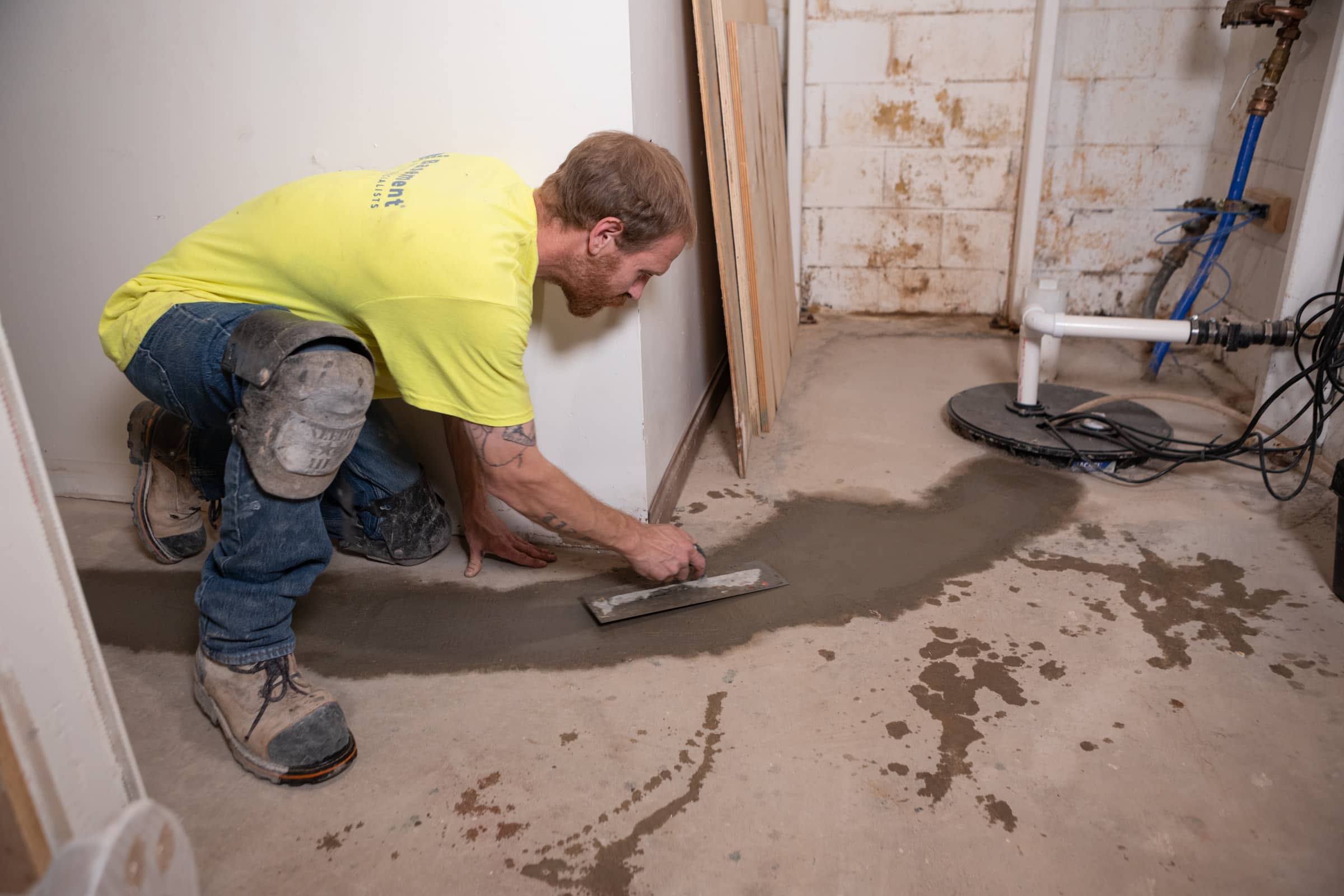
Credit: Basement Repair Specialists
The faint echo of dripping water often reveals more than a simple leak. Our team approaches moisture control like detectives—hunting hidden entry points while strengthening your home’s natural defenses. Last month alone, we stopped 1,200 gallons of water from invading a Fairfax residence through strategic interventions.
Why Expertise Makes All the Difference
Epoxy injections do more than fill cracks—they rebuild structural bonds. We use industrial-grade resins that expand as they cure, creating airtight seals. One recent project in Rockville required 18 pounds of epoxy to stabilize a shifting foundation wall.
Polyethylene barriers act like raincoats for your walls. Our 20-mil sheets redirect moisture toward drainage channels while allowing walls to breathe. This dual-action approach prevents 94% of vapor transmission in typical applications.
“Integrated systems outperform piecemeal fixes 3-to-1 in long-term effectiveness.”
Drain tile networks work silently beneath floors. We design these systems to handle 50% more capacity than local rainfall averages. A Manassas client’s newly installed interior drains diverted 800 gallons during April’s record storms.
Trust our certified team across Washington DC and Northern Virginia. From French drains to sump pump installations, we combine commercial-grade materials with neighborhood know-how. Your home deserves protection that adapts as challenges evolve.
Curious about customized approaches? Reach us at info@dmvwp.com or +1-240 624 9324. Let’s turn vulnerabilities into strengths—one dry basement at a time.
Exterior Strategies for Moisture Prevention
Your yard tells a story after heavy rains. Puddles lingering near walls or eroded soil patterns reveal where nature challenges your home’s defenses. We focus on redirecting water before it becomes a problem—like building moats around castles.
Improving Yard Grading and Drainage
Slope matters more than aesthetics. Every 10 feet should drop 6 inches to keep runoff flowing away from foundations. Last spring, we regraded a Potomac property where improper slopes had funneled 200 gallons toward basement walls during storms.
Clay soils need special care. Swales—shallow ditches lined with gravel—guide water to dry wells in stubborn areas. For severe pooling, French drains with perforated pipes collect moisture 18 inches below ground. These systems handled 90% of cases in our 2023 Maryland projects.
“Combining grading with subsurface drainage stops 70% of moisture issues at the source.”
Upgrading Gutters and Downspouts
Clogged gutters spill 500 gallons/hour during downpours. We install leaf guards and extend downspouts 15+ feet from walls—critical for DC’s autumn leaf season. Underground pipes discreetly channel water to street drains or rain barrels.
Homes without gutters aren’t hopeless. Collection systems with splash blocks protect foundations by scattering runoff. Last month, we outfitted a Vienna colonial with custom copper troughs that blend with historic architecture while preventing erosion.
Our exterior specialists serve Washington DC, Maryland, and Virginia. Let’s transform your property’s first line of defense—call 1-240 624 9324 for drainage solutions that keep foundations dry through every season.
Interior Waterproofing Methods to Seal Your Home
Your home’s protection starts from the inside out. We focus on creating smart barriers that adapt to your space’s unique needs while maintaining its integrity. Last month, our team stopped 400 gallons of seepage in a Capitol Hill row house using precision techniques.
Sealing Cracks and Applying Waterproof Cement
Hydraulic cement becomes our secret weapon against persistent leaks. When injected into fractures, it expands to form unbreakable seals—we’ve repaired gaps as narrow as 1/16 inch in DC homes. Masonry coatings get applied in crosshatched layers, plugging microscopic pores most paints miss.
Installing Sump Pump and Drainage Systems
Interior French drains work like hidden highways for water. We position perforated pipes along your basement floor’s perimeter, connecting them to discreet sump pits. Our battery-backup pumps run 70% longer than standard models, with alerts for maintenance every two years.
Water-powered systems offer endless operation during outages—ideal for Rockville’s storm seasons. Whether you need submersible units for frequent use or pedestal pumps for budget-conscious projects, we match technology to your situation.
Ready to fortify your interior? Call +1-240 624 9324 or visit info@dmvwp.com. Serving Washington DC, Maryland, and Northern Virginia with tailored moisture control since 2009.
FAQ
What causes moisture in below-ground spaces?
We often see leaks from cracks in foundation walls, poor yard drainage, or clogged gutters. High humidity levels and improper sealing around windows or pipes can also let water seep in over time.
How can I spot early signs of leaks?
Look for musty odors, peeling paint, or white mineral deposits on walls. Warped flooring or damp spots near corners are also red flags. Regular checks after heavy rain help catch issues before they worsen.
Why choose professional services over DIY fixes?
Experts use advanced methods like interior drainage systems or epoxy injections for lasting results. They identify hidden risks, such as compromised structural integrity, that untrained eyes might miss.
Can yard adjustments really prevent water issues?
Absolutely! Sloping soil away from your home directs runoff elsewhere. Pair this with extended downspouts and well-maintained gutters to keep foundation walls dry during storms.
What’s the role of a sump pump in keeping areas dry?
These devices collect excess groundwater and redirect it safely outdoors. When paired with a french drain, they’re essential for homes in flood-prone regions or with high water tables.
How do sealants protect against long-term damage?
High-quality waterproof cement fills gaps in walls and floors, creating a barrier against seepage. Combined with vapor barriers, it reduces mold risks and preserves indoor air quality.

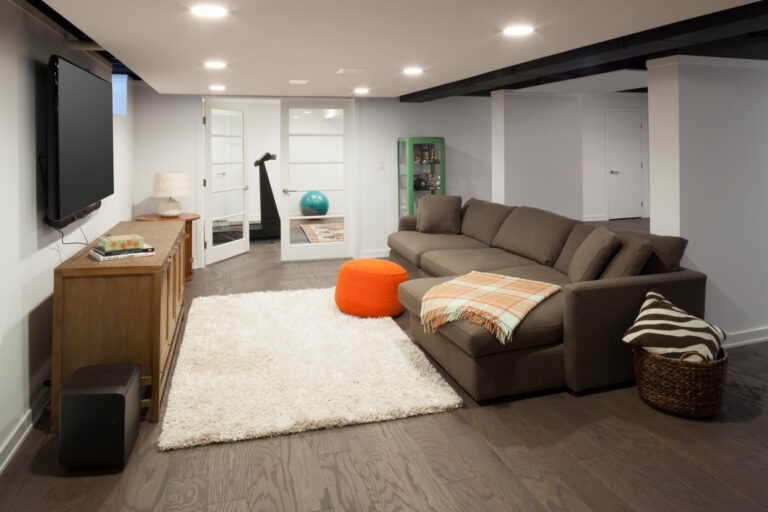
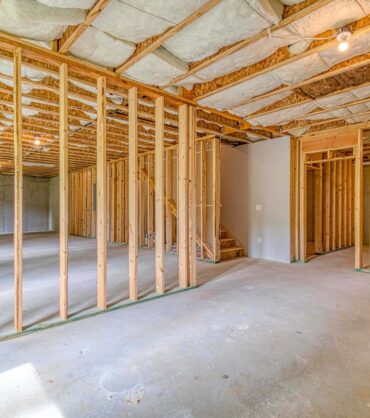
![[GetPaidStock.com]-680786795b816 [GetPaidStock.com]-680786795b816](https://dmvwp.com/wp-content/uploads/2025/04/GetPaidStock.com-680786795b816-370x418.jpg)
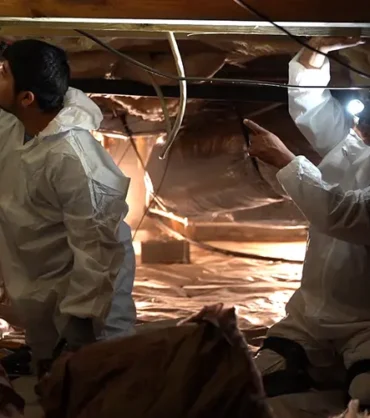
![[GetPaidStock.com]-682c400c87c15 [GetPaidStock.com]-682c400c87c15](https://dmvwp.com/wp-content/uploads/2025/04/GetPaidStock.com-682c400c87c15-370x418.jpg)
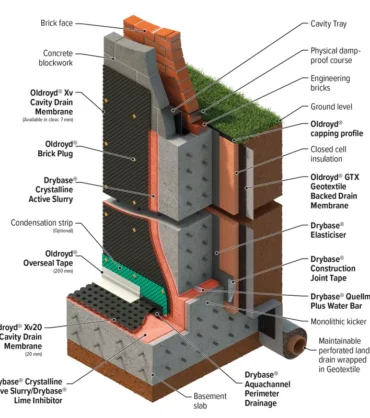
![[GetPaidStock.com]-682c413fa898e [GetPaidStock.com]-682c413fa898e](https://dmvwp.com/wp-content/uploads/2025/03/GetPaidStock.com-682c413fa898e-370x418.jpg)